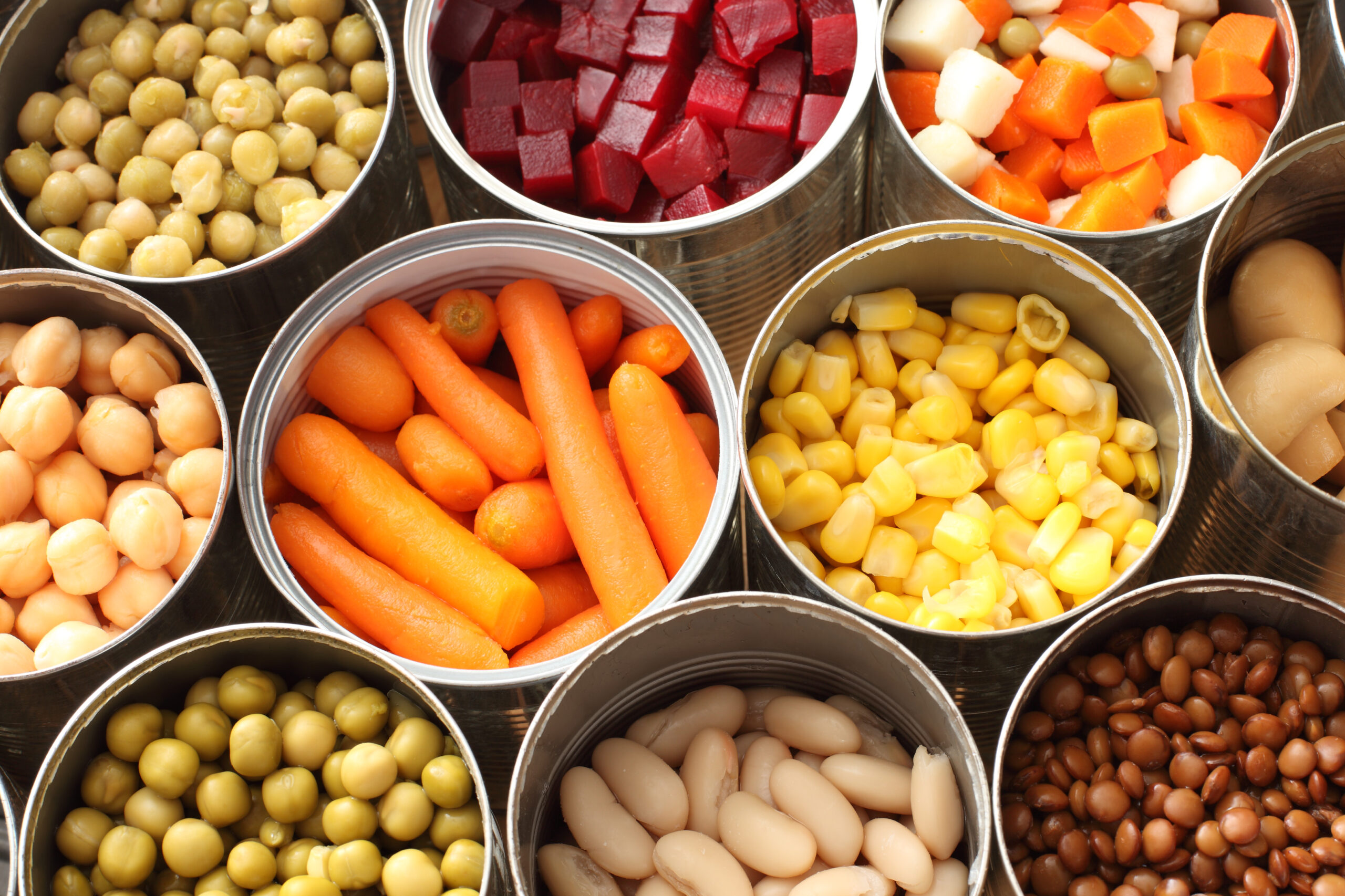Managing Blood Pressure through Healthy Eating
Taking care of your blood pressure is essential for maintaining good overall health. High blood pressure, or hypertension, affects a significant percentage of adults in the United States and can lead to serious health issues such as heart disease and stroke. By making conscious choices about what you eat, you can have a positive impact on your blood pressure levels.
Sodium, found primarily in salty foods, can contribute to high blood pressure. When you consume salt, your body retains more fluids, which increases blood volume and pressure. Additionally, sugary foods and those high in saturated fats can also elevate blood pressure levels. On the other hand, adopting a heart-healthy diet can help you achieve and maintain healthy blood pressure.
The American Heart Association (AHA) recommends incorporating the following into your diet to promote healthy blood pressure levels:
- Fruits
- Vegetables
- Lean protein
- Whole grains
Conversely, it is advisable to limit the consumption of foods that can elevate blood pressure, such as:
- Red meat
- Salt (sodium)
- Foods and beverages with added sugars
One effective eating plan to manage blood pressure is the Dietary Approaches to Stop Hypertension (DASH) diet, recommended by the AHA. The DASH diet focuses on consuming 4,700 milligrams (mg) of potassium daily while reducing sodium intake, which aids in lowering blood pressure. Research supports the effectiveness of this diet, showing significant reductions in blood pressure for individuals with and without hypertension.

The DASH diet encourages the consumption of:
- Fruits, including apples, bananas, and strawberries
- Vegetables, such as broccoli, green beans, and carrots
- Nuts, including almonds and walnuts
- Legumes and seeds, such as kidney beans, lentils, and sunflower seeds
- Whole grains, such as whole wheat pasta, brown rice, and oatmeal
- Low-fat dairy products, like fat-free milk and reduced-fat cheese
- Lean protein, such as skinless chicken or fish
The number of servings of each food group may vary based on your daily calorie needs. On the other hand, the plan recommends limiting foods high in saturated fats, such as fatty meats and palm oil, as well as sugar-sweetened beverages, sugary foods, and alcohol. It also sets a maximum daily sodium intake of 2,300 mg.

In addition to following a specific diet, it is important to be mindful of certain foods that can raise blood pressure or maintain it at high levels. These include:
- Salt or sodium: The main contributor to high blood pressure and heart disease. Be cautious of hidden sodium in processed foods.
- Deli meat: Processed meats often contain high levels of sodium, which can be harmful to blood pressure.
- Frozen pizza: High in sugar, saturated fat, and sodium. Opt for homemade pizzas using low-sodium cheese and fresh vegetable toppings.
- Pickles: High in sodium due to preservation methods. Look for reduced-sodium options.
- Canned soups: Convenient but typically high in sodium. Choose low or reduced-sodium alternatives or make your own soup from fresh ingredients.
- Canned tomato products: Commonly high in sodium, which can elevate blood pressure. Opt for low or reduced-sodium versions or use fresh tomatoes instead.
- Sugar: This can contribute to weight gain and may directly affect blood pressure levels. Limit your daily added sugar intake.
- Processed foods with trans or saturated fat: Trans fats raise LDL cholesterol levels and lower HDL cholesterol levels, increasing the risk of hypertension. Reduce the consumption of saturated and trans fats to maintain heart health.
- Alcohol: Excessive alcohol consumption can raise blood pressure and interfere with blood pressure medications. Limit your alcohol intake according to AHA recommendations.
By making informed choices and incorporating heart-healthy foods into your diet, you can actively reduce and maintain healthy blood pressure levels. Remember to consult with a doctor or healthcare professional for personalized advice and guidance on managing your blood pressure.


